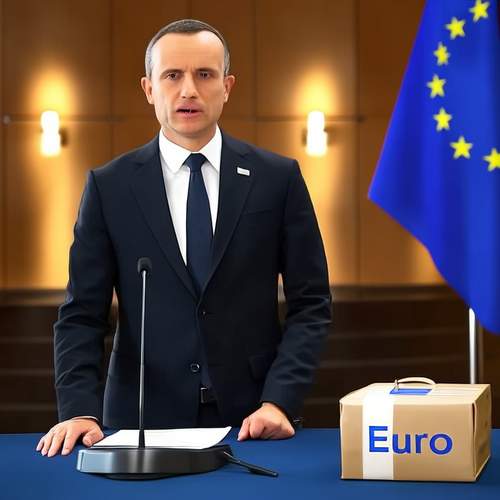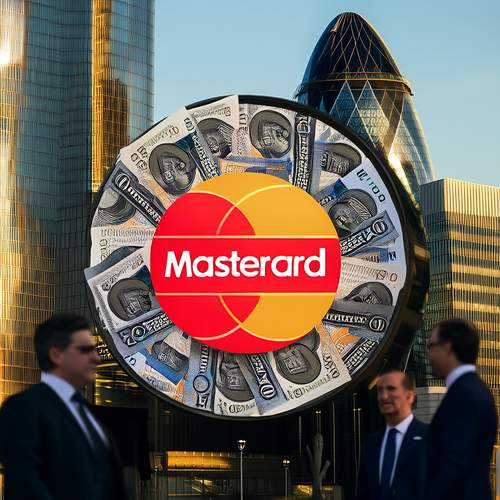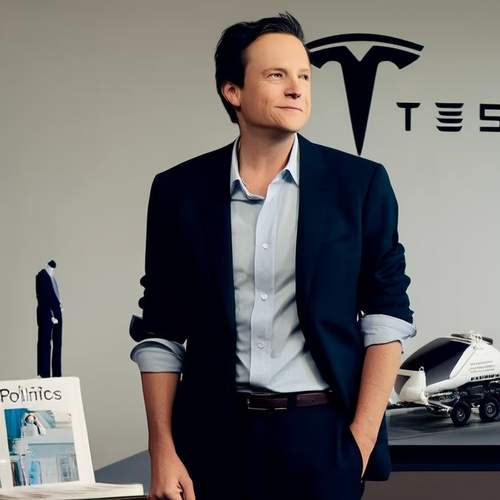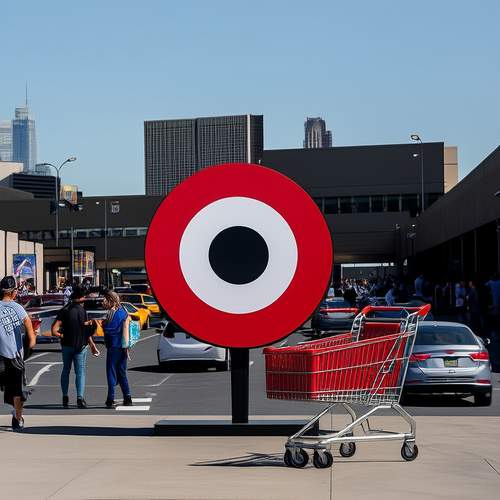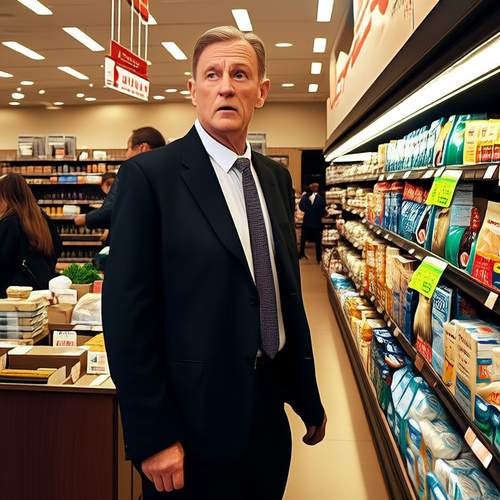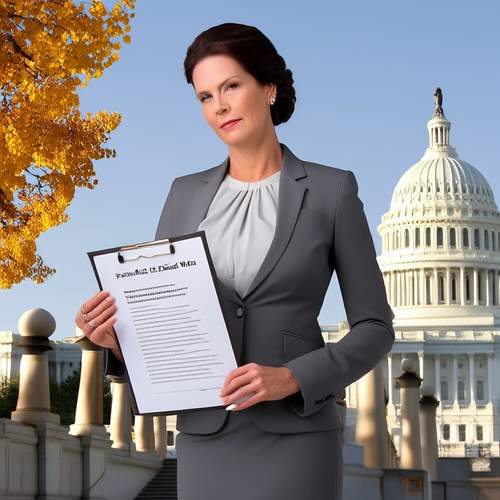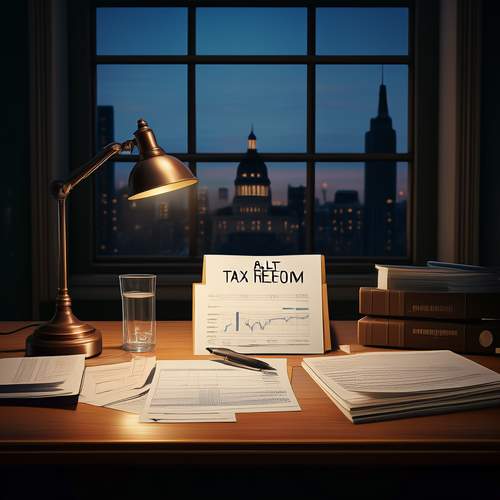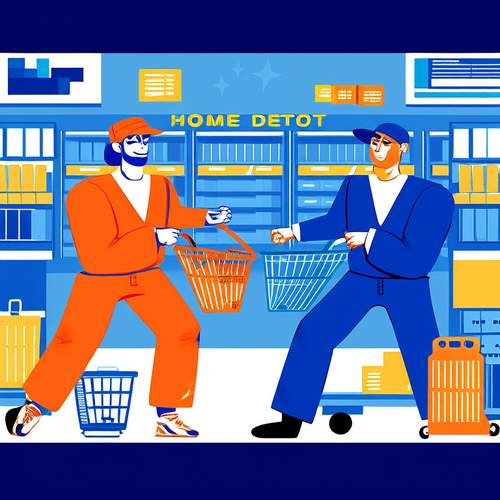When it comes to President Donald Trump's trade policies, the word "chaotic" often springs to mind. The administration has been playing a high-stakes game of tariffs, imposing, pausing, changing, lowering, exempting, and then re-threatening them. It's like a dance with unpredictable steps, leaving many wondering if there's a method to the madness.
Treasury Secretary Scott Bessent tried to put a positive spin on it, saying the strategy is all about creating "strategic uncertainty." According to Bessent, if the US were too predictable, trading partners would take advantage in negotiations. Trump himself has hinted at a similar idea, suggesting that he understands the power of tariffs in ways that others don't. "Tariffs are the most misunderstood thing maybe in any form of business," Trump said. His top trade adviser, Peter Navarro, even described the strategy as a game of "3D chess," implying that the media and mainstream economists just don't get it.
But let's take a closer look. The theory of a coherent, masterful strategy behind the tariff rollout starts to unravel when you consider the recent announcements. Despite all the tariff moves, the administration has made numerous carve-outs, concessions, and pull-backs. Large American companies are declaring that they'll raise prices, which undermines the idea that tariffs are working as intended.
Here's how the "3D chess" theory is supposed to work: Trump threatens massive tariffs to show that America will become less reliant on foreign trade. He follows through on some of these threats to scare foreign countries and companies. Then, he hits pause to give trading partners a chance to negotiate and companies time to bring manufacturing back to the US. To some extent, this has happened. The administration claims to be in talks with 18 trading partners about new deals. For example, a framework deal with the UK opened up the British market to some US agricultural producers. Companies like Apple have also promised to invest billions in the US.
But if the plan was showing signs of success, why restart the tariffs with only a few deals in hand? Trump said it was impossible to complete 150 deals before the pause ended, so new tariffs would be imposed. Bessent clarified that the original "reciprocal" tariffs, which could be as high as 50%, might be reimposed on some countries. Alternatively, the administration might replace them with regional tariffs at different rates. This undermines the idea that hitting pause would give countries a fair chance to negotiate.
Tariff proponents argue that high import taxes are necessary to bring manufacturing back to the US. But despite some high-profile announcements, this hasn't happened on a large scale. It's still expensive and time-consuming to shift manufacturing to the US. Moreover, with the unpredictable trade announcements, businesses are unsure how long Trump's tariffs will even be in place.
For example, the administration recently lowered tariffs on China from 145% to around 30%, citing the high rates as "unsustainable." The only apparent concession from China was a rollback of tariffs and non-tariff barriers put in place since April 2. Trump has also made significant carve-outs for foreign-made auto parts and Chinese electronics, which significantly weakened his trade war stance.
Seth Carpenter, Morgan Stanley's chief global economist, summed it up: "We should not expect any boost to domestic economic activity from tariffs, especially in the near term." For businesses considering moving production to the US, 30% tariffs might make sense. But if it takes years to build a factory and recoup the investment, CEOs need to be sure that tariffs will stay at 30% or higher for the next five years. The news since April 2 suggests no such certainty.
Meanwhile, American companies are raising prices. Walmart said tariffs were "too high" and that it would pass some costs to consumers. Home Depot announced it would keep most prices the same but might raise prices or stop selling some items due to tariffs. Toy and footwear makers have also said prices are going up.
In some social media circles, an even wilder "4D chess" theory has emerged. This theory suggests that Trump started the trade war to tank the stock market, creating demand for safe-haven assets like Treasuries. This would lower rates, reduce costs for consumers, and allow America to refinance its debt cheaper. Tariff revenue would then help pay down the debt, allowing Republicans to pass a massive tax cut bill to boost the economy.
But this theory falls apart when you consider that the market rallied after Trump exempted many electronics from tariffs in mid-May. Long-term bond rates have remained relatively high. Bond prices fell further after Moody's downgraded America's debt from its perfect AAA rating, warning that the debt situation is dire and could worsen with tax cuts. It was the tumbling bond market that initially spooked the Trump administration, leading to the pause on the "Liberation Day" tariffs.
So, what's really going on? It looks more like chaos theory than 3D or 4D chess. The administration's tariff moves seem to be driven by a mix of political calculations, economic pressures, and perhaps a bit of improvisation. The result is a trade policy that leaves businesses, investors, and trading partners on edge, unsure of what the next move will be.
The true impact of Trump's trade strategy will only become clear with time. For now, it's a game with many players and unpredictable outcomes. The administration's actions have certainly grabbed attention, but whether they will ultimately lead to a stronger US economy or just more uncertainty remains to be seen.




